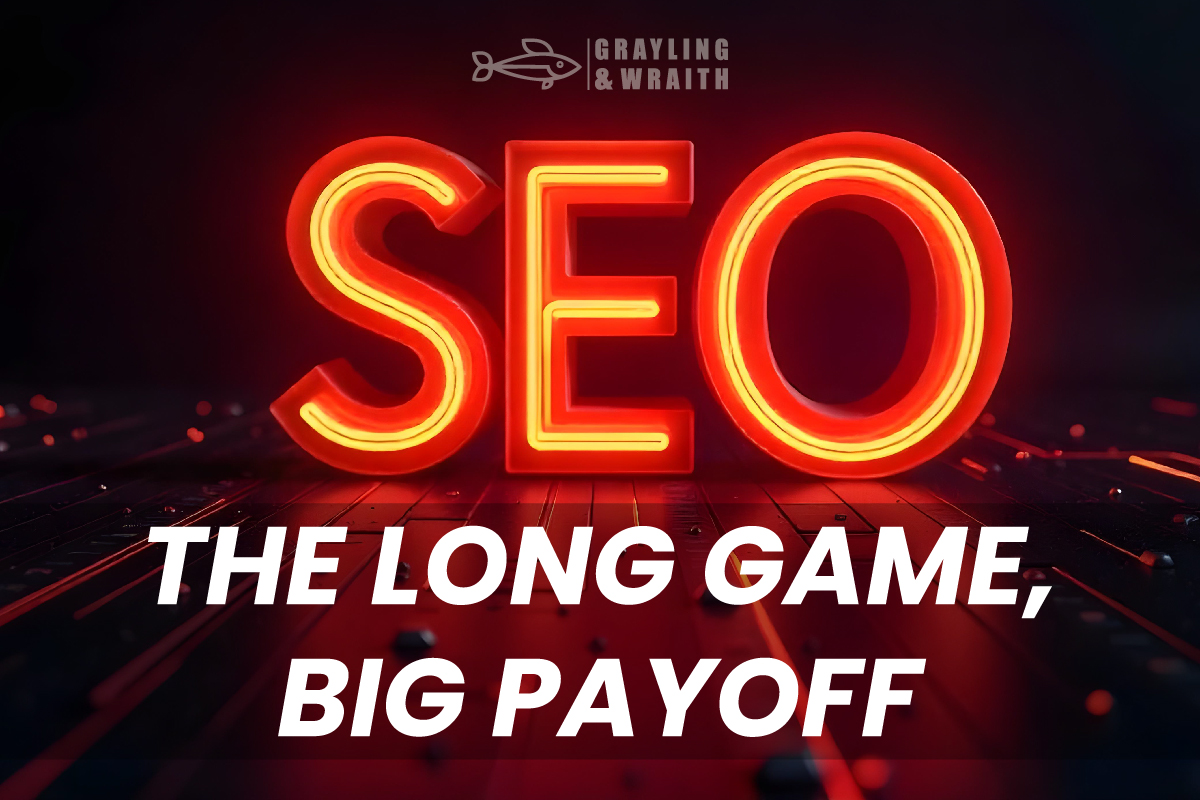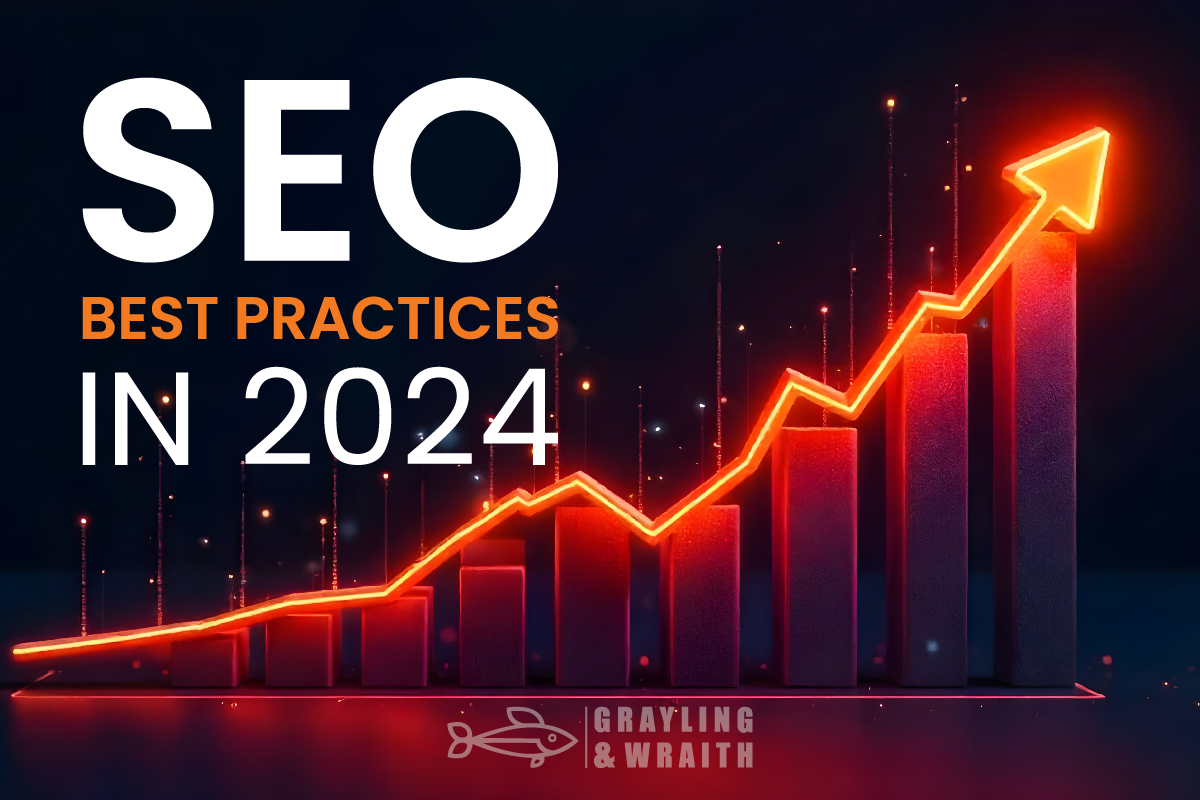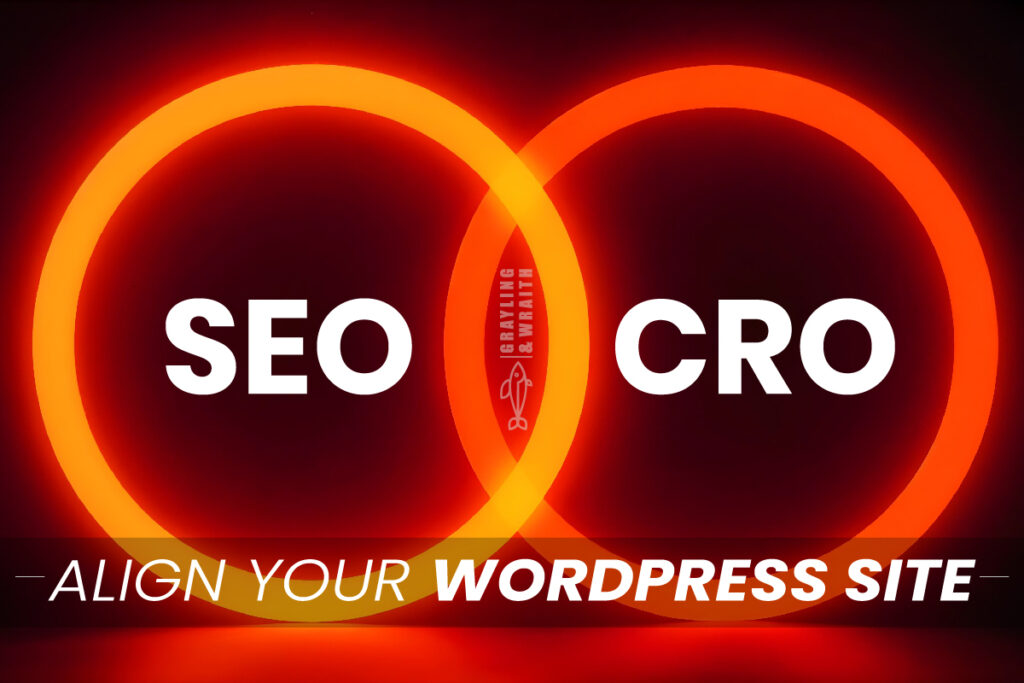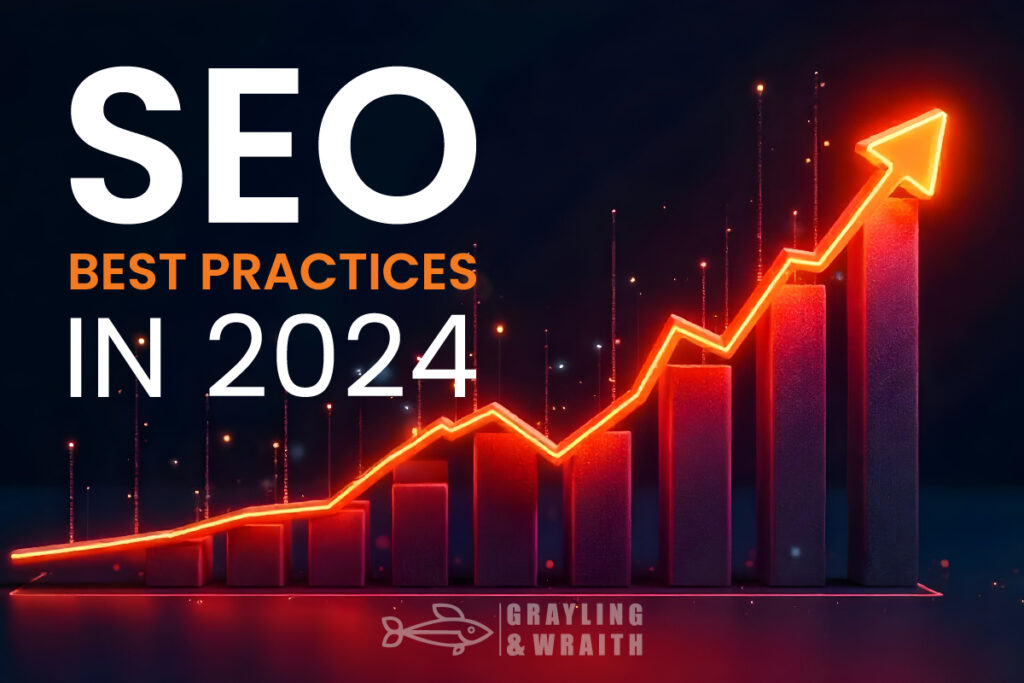In the ever-evolving digital world, SEO Best Practices remain among the most powerful tools for enhancing your online presence, driving organic traffic, and boosting conversions. But SEO is not just about stuffing keywords anymore. It’s about understanding what works today, staying ahead of trends, and making sure your website is set up for success.
If you’re ready to take your site to the next level in 2024, it’s time to focus on what matters—on-page SEO, user intent, and mobile optimization. Let’s dive into the must-know SEO practices for this year, covering actionable steps that can give your site the edge it needs to rise above the competition.
What Are the Best SEO Practices for 2024?
SEO isn’t just a set-it-and-forget-it tactic. It’s constantly evolving to keep up with search engines like Google. The basics are still essential, but as we move into 2024, it’s all about fine-tuning your strategy to meet the latest expectations and capturing your audience’s attention at the right time.
Here’s how to master the best SEO practices for 2024 and ensure your site is not only ranking but thriving.
Optimizing On-Page SEO
On-page SEO remains one of the most impactful strategies for improving your site’s rankings. From crafting content that resonates with your audience to making sure every technical detail is in place, it’s all about setting up each page for success.
Using Primary Keywords Early in the Content
One of the simplest yet most effective techniques is using your primary keyword early in your content. This signals to Google—and your readers—that your page is relevant to their search query. The trick is to do it naturally. Include your primary keyword within the first 100 words without overloading it.
Writing Unique Titles and Meta Descriptions
Your page’s title and meta description are the first things users see in search results. A catchy, well-optimized title can make all the difference. Write clear and enticing titles, and keep meta descriptions concise but informative. Every page should have a unique title and meta description that reflects its content—don’t skip this step!
Enhancing Internal Linking
Internal links are an easy but powerful way to keep users navigating your site. They guide visitors to relevant content and help search engines better understand your website structure. Strategic internal linking improves user experience and boosts your SEO efforts by spreading authority across pages.

Incorporating Latent Semantic Indexing (LSI) Keywords
Latent Semantic Indexing (LSI) keywords are terms that are contextually related to your primary keyword, helping search engines understand the broader theme of your content. It’s not about stuffing in similar words but providing context.
How to Use LSI Keywords Effectively
When using LSI keywords, think of them as supporting actors in your content’s narrative. They should be sprinkled naturally throughout your article. Tools like Google Keyword Planner or Ahrefs can help you identify these keywords, but always make sure they fit seamlessly into the flow of your writing. Overuse can feel forced and unnatural—balance is key.
Matching Content to Search Intent
Search engines are smarter than ever, and they’re getting even better at understanding user intent. That means it’s not enough to just rank for keywords—you need to understand what your audience really wants when they’re searching for those terms.
Types of Search Intent
- Informational intent: Users are looking to learn more about a topic.
- Navigational intent: Users are searching for a specific website or page.
- Transactional intent: Users are ready to buy or take a specific action.
- Commercial investigation: Users are comparing options before making a decision.
The key to matching content to search intent is understanding where your audience is in their journey. Are they just starting to research, or are they ready to buy? Tailor your content to meet their needs, and you’ll rank higher while keeping them engaged.
Reducing Bounce Rates
Bounce rates matter. A high bounce rate tells search engines that people aren’t finding your content useful, which can hurt your rankings. But there’s a fix—focus on engagement.
Improving User Experience to Reduce Bounce Rates
Make your website easy to navigate, fast to load, and full of valuable information. If visitors find what they’re looking for quickly and easily, they’re more likely to stick around. And that’s exactly what you want.
The Role of High-Quality Content
Good content keeps people reading. Long-form content—those in-depth articles that answer all your audience’s questions—tends to rank higher and keeps visitors on your page. Aim for 1,500 words or more, and make sure every word adds value.

Boosting Technical SEO
SEO is not just about content. The technical side of things is equally important, especially if you want your site to perform well in search engine rankings.
Optimizing Title Tags and Site Speed
Your title tags should be short (under 60 characters) and include your primary keyword. But don’t stop there—make sure your site loads fast. Google considers site speed a ranking factor, and slow-loading sites can frustrate users, leading to higher bounce rates.
Mobile Optimization and Mobile-First Indexing
Mobile-first indexing is here to stay; if your site isn’t optimized for mobile devices, you’re missing out. Ensure your site looks great and loads quickly on mobile, providing a seamless experience for all users, regardless of their device.
Building High-Quality Backlinks
Backlinks still play a huge role in SEO, signaling to Google that your content is credible and worth sharing. However, not all backlinks are created equal.
Strategies for Building Backlinks
- Create shareable content: Infographics, videos, and in-depth guides will likely be shared.
- Guest posting: Write for reputable blogs in your niche to earn high-quality backlinks.
- Outreach: Reach out to websites that could benefit from linking to your content. Be genuine in your approach—people appreciate helpful, relevant content.

Tracking Performance with Google Search Console
Once your SEO strategy is in place, you must track how well it works. That’s where Google Search Console comes in. This tool gives you insights into how your site performs in search results, and it’s free!
Key Metrics to Track
- Impressions: How often does your site appear in search results?
- Click-through rate (CTR): The percentage of people who click on your site from the search results.
- Average position: Your ranking for specific keywords.
- Indexed pages: The number of pages Google has indexed from your site.
Regularly check these metrics and adjust your strategy based on what’s working and what’s not.
Advanced SEO Best Practices for Long-Term Success
Now that we’ve covered the basics, it’s time to look at some advanced techniques that can help you stay ahead of the curve.
- Staying Ahead of Google Algorithm Updates
Google is always changing its algorithm, and keeping up is essential. While the details of these updates aren’t always public, focusing on high-quality content and a great user experience will help you weather any changes.
- Optimizing for Voice Search
Voice search is growing fast, and optimizing for it can help you capture a new audience. Include natural, conversational language in your content, and answer questions directly to rank higher in voice search results.
- Leveraging Structured Data for Rich Snippets
Structured data helps search engines understand your content better, allowing them to display rich snippets—enhanced results with extra information, like product ratings. Implementing structured data can help your content stand out in search results.

Why Partnering with Grayling & Wraith Ensures SEO Success
At Grayling & Wraith, we don’t just follow trends—we help shape them. Navigating the world of SEO can be daunting. With algorithm updates, evolving best practices, and the constant need to stay ahead, it’s easy to feel overwhelmed. That’s why having a trusted partner is crucial. We understand both the technical intricacies and the bigger strategy behind successful SEO.
Tailored SEO Solutions for Your Business
At Grayling & Wraith, we believe in customized SEO Best Practices. It’s not a one-size-fits-all solution. Our approach is to craft strategies that reflect your business’s unique needs. Whether you’re revamping on-page SEO, strengthening technical aspects, or building a powerful link campaign, we’ve got you covered. Our goal is to ensure SEO Best Practices align perfectly with your business objectives.
We start by deeply understanding your brand, audience, and market. Next, we dive into detailed keyword research and competitor analysis and evaluate your performance metrics. This process helps us develop a strategy that drives long-term growth. From there, we implement the right SEO Best Practices to boost your rankings and enhance the user experience, turning visitors into loyal customers.
Proven Results Backed by Data
Results are everything. At Grayling & Wraith, we don’t guess. Every SEO decision is grounded in data. From monitoring traffic trends to tracking keyword progress, we ensure each tactic contributes to your success with the help of advanced analytics.
We don’t stop there. Our team regularly evaluates and adjusts your strategy, ensuring long-term growth even as algorithms change. Our proactive approach helps keep your business agile. With every step, we provide transparency so you know exactly how your site performs.
Elevating Your Brand’s Online Presence
SEO is about more than rankings. It’s about building a strong and lasting online presence. Your website is often customers’ first interaction with your brand, and we ensure it’s a memorable experience.
We focus on mobile optimization, user-friendly design, and high-quality content. This ensures your site ranks well and offers a seamless experience for visitors. Our goal is to help you build a brand that stands out. We aim to drive organic traffic and convert leads into customers.
When you partner with Grayling & Wraith, you invest in more than SEO services. You’re gaining a dedicated team committed to your success. We’re here to help you navigate the ever-changing digital landscape. Our goal is to ensure your business thrives online—today and in the future.

Final Thoughts: Boosting Your Rankings with SEO Best Practices
SEO is a long game, but the rewards are worth the effort. Following best practices like optimizing on-page content, improving user experience, and building high-quality backlinks can improve your rankings and drive more organic traffic to your site. And remember, SEO is always evolving—so stay flexible, keep learning, and partner with experts who can help you stay ahead.
With these strategies in place, your site will be ready to thrive in 2024 and beyond.

















